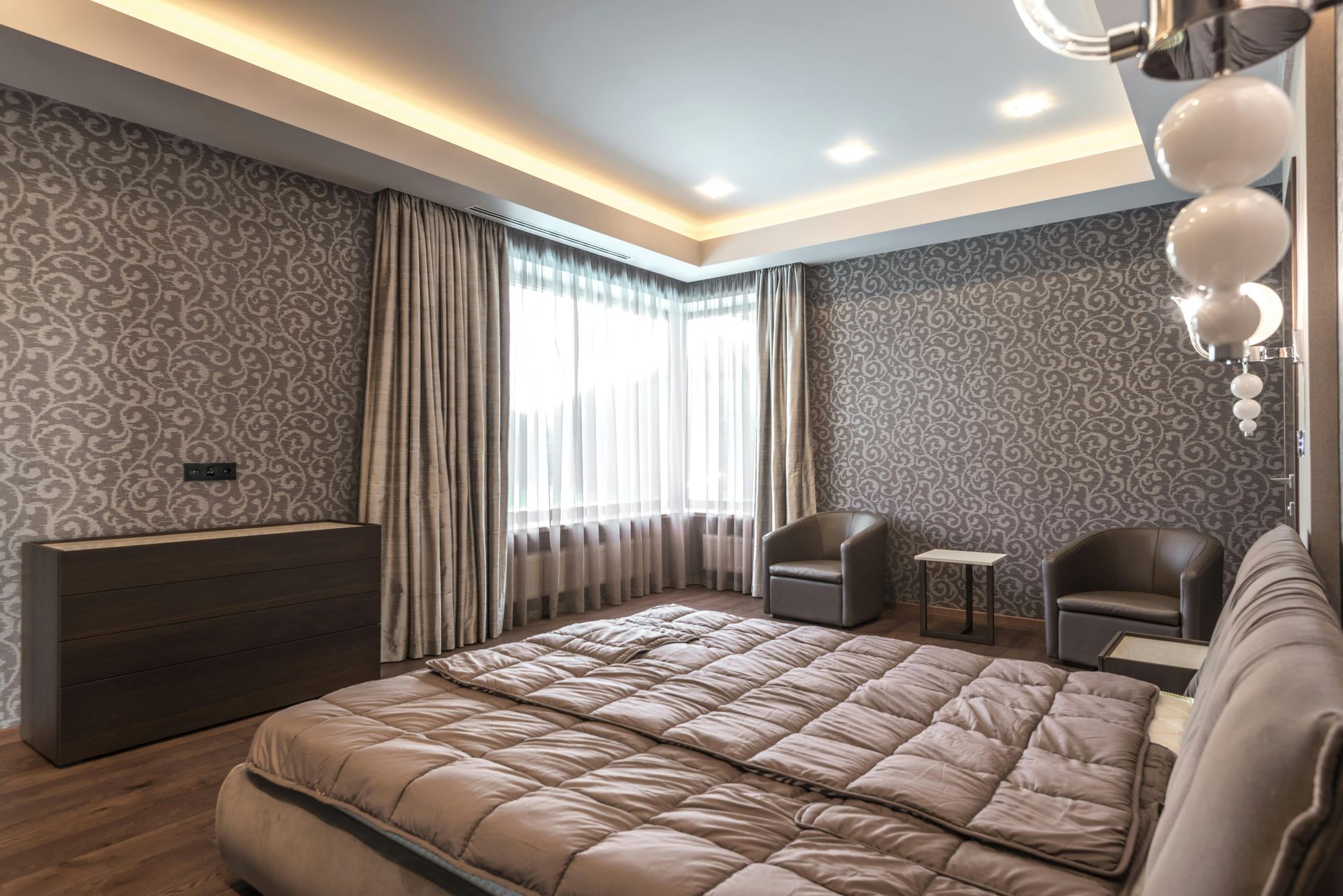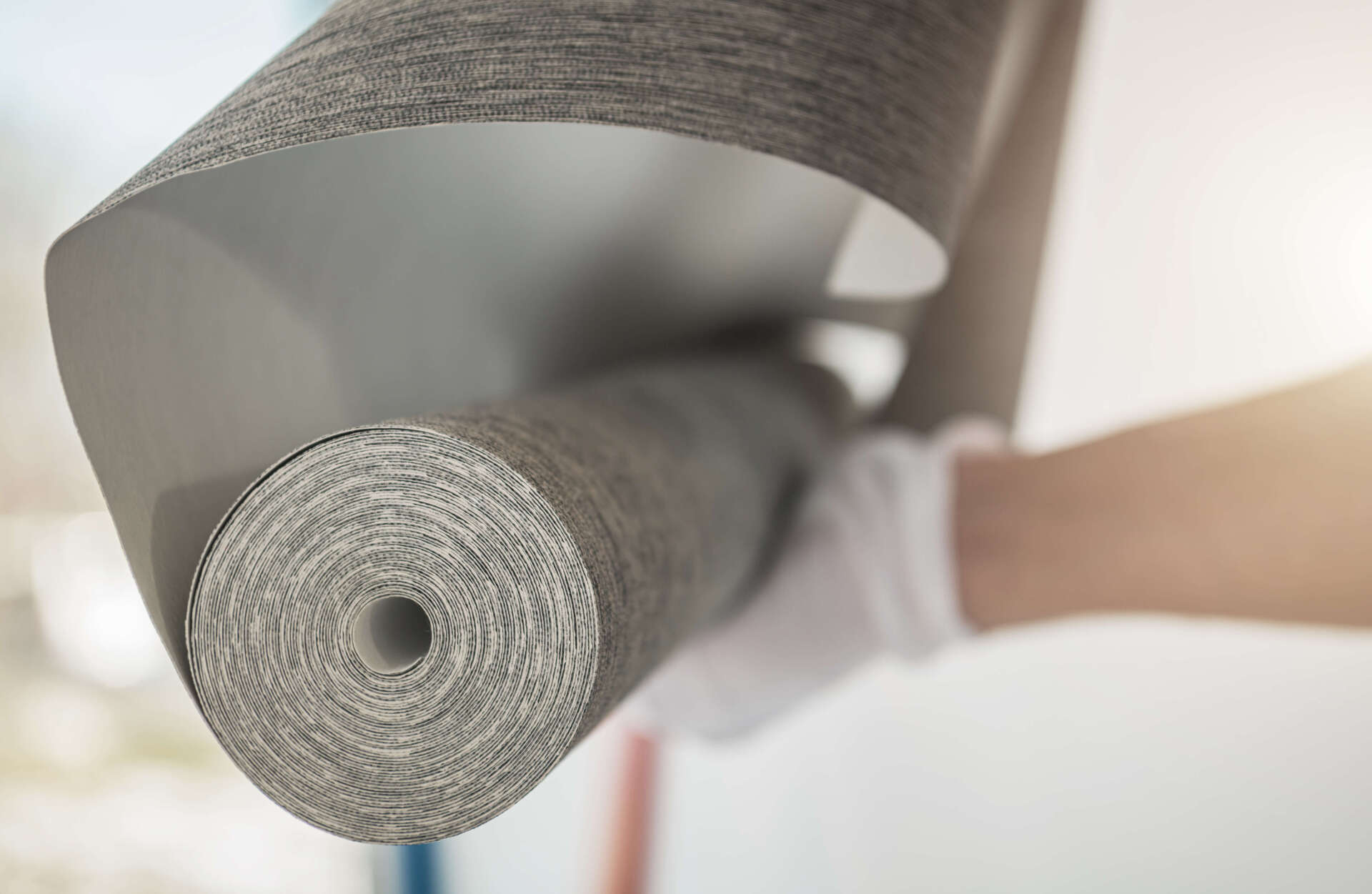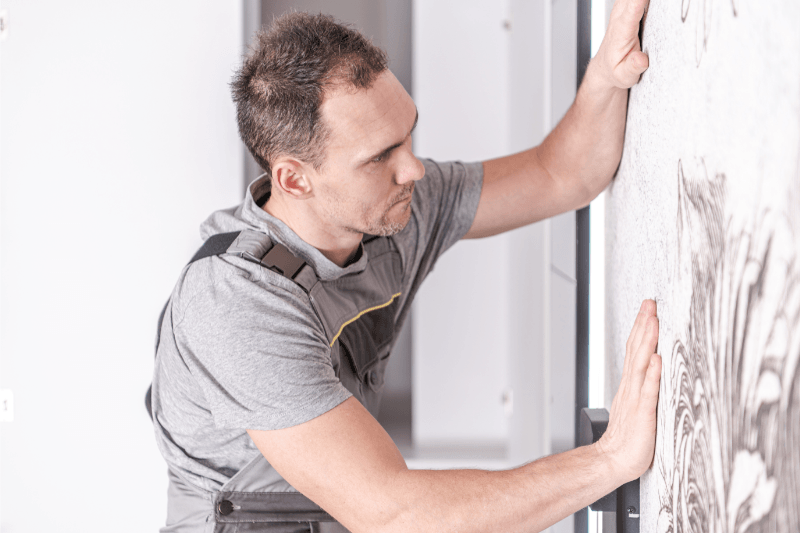How to Choose the Right Adhesive for Different Wallpaper Types
You’ve found the perfect wallpaper—stylish, modern, and exactly your vibe. But now comes a crucial (and often overlooked) decision: the adhesive. Using the wrong wallpaper glue can lead to peeling, bubbling, staining, or make future removal a nightmare. This article breaks down the best adhesives for each wallpaper type, offers tips for proper application, and highlights why professional advice matters. Wollongong’s unique climate, with its fluctuating temperatures and humidity levels, adds another layer of complexity to wallpaper installation. Understanding how to choose the right adhesive will not only ensure a visually stunning result but also contribute to the longevity of your wallpaper.

Why Adhesive Choice Matters More Than You Think
The choice of adhesive is more critical than many homeowners realize, especially when it comes to wallpaper installation. Compatibility with the wallpaper material is paramount; not all adhesives bond equally to various types. For instance, a paste that works well with vinyl wallpaper may not adhere properly to traditional paper wallpaper. Using the wrong type can lead to issues such as uneven drying or poor adhesion, causing the wallpaper to lift or bubble over time.
Additionally, wall surface considerations play a significant role in adhesive selection. Different wall surfaces require varying bonding strengths. For example, porous surfaces may need a stronger adhesive to ensure proper adhesion, while sealed surfaces might require a lighter touch. If the adhesive is too wet, it can soak through thin wallpaper, compromising the overall installation and leading to unsightly results.
Long-term results are heavily influenced by the adhesive choice as well. The right adhesive ensures clean edges, prevents bubbling, and facilitates easier removal when it's time to redecorate. Conversely, poor-quality glue can lead to early lifting, staining, or even damage to the walls, resulting in higher costs in the long run. Therefore, choosing the correct adhesive upfront is crucial for achieving a professional finish that lasts.
Common Wallpaper Types and Their Ideal Adhesives
Choosing the right adhesive for wallpaper installation is crucial for achieving a successful and long-lasting finish. Different wallpaper types have unique characteristics that necessitate specific adhesive solutions to ensure proper adhesion and durability. Understanding these common wallpaper types and their ideal adhesives can help you make informed decisions, leading to a professional-looking result that enhances your living space.
Traditional Paper Wallpaper is a popular choice due to its variety of designs and ease of application. The ideal adhesive for this type is a standard wheat- or cellulose-based paste, which is light and breathable, allowing for easy repositioning during installation. It’s important to use this adhesive on properly primed surfaces to prevent over-absorption, which can lead to peeling. Selecting the right adhesive for traditional paper wallpaper is essential to ensure it adheres properly without damaging the wall beneath.
Vinyl Wallpaper, which can be either peelable or washable, is particularly suited for areas exposed to moisture, such as kitchens and bathrooms. This type of wallpaper requires a heavy-duty vinyl adhesive or a clear, premixed paste, as vinyl is moisture-resistant and non-porous. Regular paper paste should be avoided, as it won’t hold up against the weight and moisture of vinyl wallpaper. Using the correct adhesive is crucial for achieving durable and long-lasting results with vinyl wallpaper.
Non-woven Wallpaper, often referred to as paste-the-wall wallpaper, has gained popularity for its ease of installation and removal. The best choice of adhesive for this type is a non-woven specific paste, typically premixed or in powder form with added polymers. This adhesive is designed to bond without stretching or shrinking, making it easier to work with. Non-woven wallpaper is a great option for renters or modern homes, as it can be peeled away without damaging the wall, ensuring a seamless finish that stands the test of time.
For fabric-backed or textured wallpaper, a clay-based or heavy-duty paste is recommended. The added weight and texture of fabric-backed wallpaper require a strong tack for optimal adhesion. In some cases, double pasting—applying adhesive on both the wall and the wallpaper backing—may be necessary to ensure a secure hold. Using the right adhesive for fabric-backed wallpaper is essential for maintaining its luxurious appearance and durability over time.
Lastly,
peel-and-stick wallpaper features a built-in adhesive, making it a popular choice for DIY enthusiasts looking for a quick update. However, wall preparation is critical for successful installation; the surface must be smooth, clean, and dust-free for proper adhesion. It’s important to note that peel-and-stick wallpaper is not suitable for textured paint or damp areas, as the adhesive may not bond effectively. Proper wall preparation is essential to ensure that peel-and-stick wallpaper adheres well and provides a beautiful, lasting finish.
Tips for Matching Adhesive to Wall Surface
Matching the adhesive to the wall surface is crucial for a successful wallpaper installation. SYD Wallpapering often recommends a test patch when working with unusual surfaces, especially in older Sydney homes with mixed wall textures. This will help identify any potential issues before committing to a full installation. Here are some other tips to ensure proper adhesion:
Plasterboard/Gyprock: Using a primer or sealer before pasting is essential to create a smooth surface and prevent the adhesive from soaking in too deeply. This allows for better adhesion and easier removal when needed.
Painted Walls: For painted walls, lightly sand glossy finishes and clean thoroughly to ensure proper adhesion. This helps the adhesive bond effectively, preventing peeling or bubbling.
Previously Wallpapered Walls: If you’re reapplying wallpaper, it’s crucial to remove any old paste completely before applying new adhesive. This ensures that the new wallpaper adheres properly and doesn’t lift.
Concrete/Brick Walls: For concrete or brick walls, use heavy-duty or clay-based paste for extra grip. These surfaces can be more challenging for adhesion, so a stronger adhesive is essential.
When to DIY vs. When to Call the Pros
Knowing when to tackle a wallpaper project yourself versus hiring professionals can save you both time and frustration. With SYD Wallpapering, you can get professional installation and advice to help you achieve perfect, lasting results. Unlike homeowners and decorators who DIY, our expertise can ensure that your wallpaper looks flawless and stands the test of time. Know when to contact us:
DIY is Fine When:
You’re using peel-and-stick or light paper.
The wall surface is even and prepped properly.
You’ve completed a small project before.
Call a Pro When:
You’re working with fabric, murals, or expensive designer wallpaper.
The walls are textured, curved, or have previous damage.
It’s a large space, commercial job, or high-impact area (entryways, stairwells).
Conclusion
The perfect wallpaper deserves the perfect adhesive. Matching the glue to the wallpaper type and wall surface is just as important as design and colour choice. Whether you’re handling a DIY feature wall or planning a full renovation, getting the details right—starting with your paste—is crucial.
Don’t let the wrong glue ruin your investment. For expert guidance and professional installation, consider reaching out to a trusted local provider like SYD Wallpapering, ensuring that your wallpaper project is a resounding success.
About SYD Wallpapering
SYD Wallpapering is a leading wallpaper installation and consultation service based in Sydney. Specialising in residential and commercial spaces, the team brings years of experience handling every wallpaper type—from peel-and-stick to high-end designer fabrics. Known for precision workmanship and expert advice, SYD Wallpapering helps clients choose the right materials and adhesives to ensure beautiful, lasting results.
You might also like
SYD Wallpapering Blog



